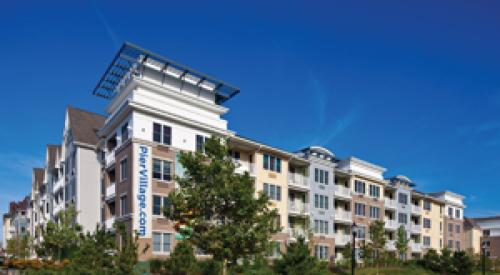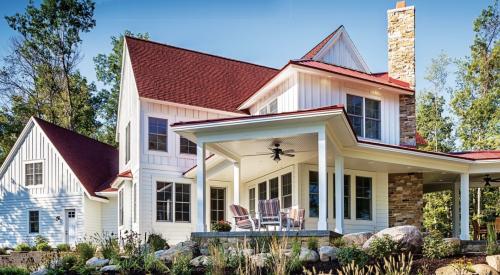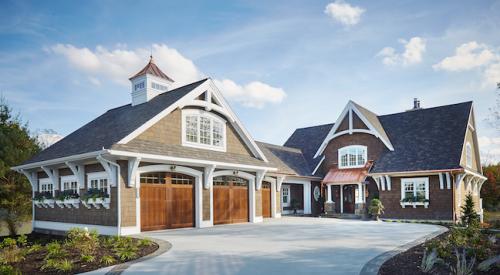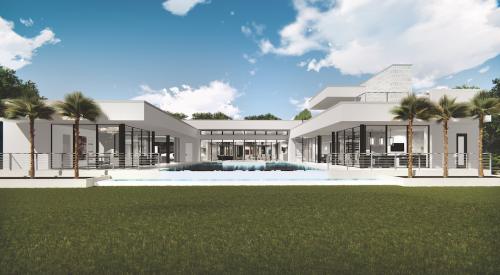|
|
|
The story of Optima's eco-friendly complex begins and ends on the outside. A walk through the development — on its way to becoming 700 units — isn't overwhelming nor busy, as you might imagine it to be. Instead, it's serene and calm. The sound of bubbling water from the scattered fountains and water features fills the air. The six- and seven-story cantilevered buildings don't tower over courtyards but instead envelope them. The reddish-brown exteriors even mimic an Arizona canyon, a reminder of their Scottsdale location. And there are lush green plants everywhere — on the terraces above, on the ground, in the distance. This is Camelview Village, a desert oasis that tips its hat to Mother Nature in both design and function.
Builder, developer and architect David Hovey and his team set out to create “the best building we could possibly think of.” Hovey's philosophy is to rely on unique architecture to solve a site's challenges. For Scottsdale, that meant the project needed to be energy efficient and use as little water and electricity as possible. He used roofing and landscaping with the most low-maintenance and climate-specific plants. He chose building materials because they reflected sunlight, shaded and could be recycled. He designed breezeways to cool the community. He relied on prefabrication and repeatable building components to keep costs down so green perks — and the luxury amenities a Scottsdale community would want — would be economically viable. Plus, it's built to LEED Silver standards.
 A kitchen in a model at Camelview Village. |
The formula is working: Camelview Village is in its third, final phase, and it's 85 percent sold. Says Hovey: “We wanted to show people how they could live in the future, not the past.”
Welcome to Camelview Village.
|

















